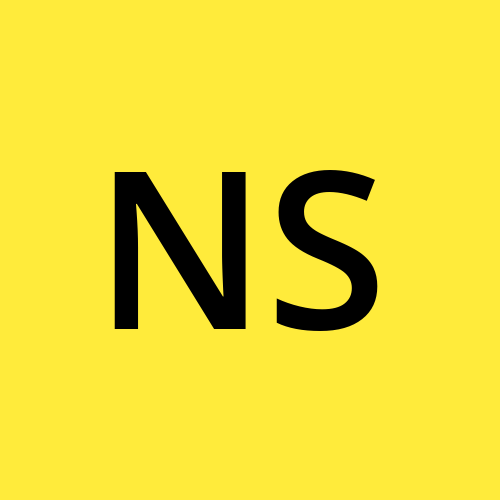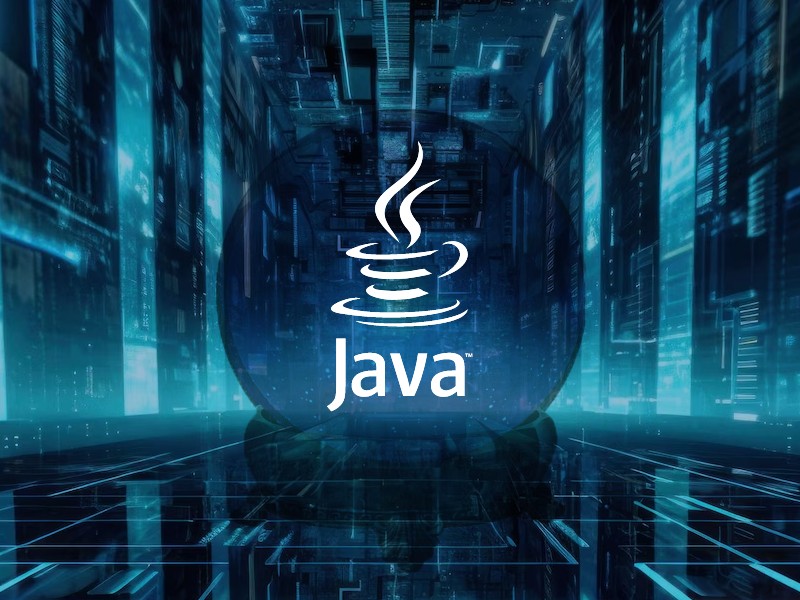Java Programming Language.
 Nilesh singh
Nilesh singh
Java is a programming language and computing platform first released by Sun Microsystems in 1995. It has evolved from humble beginnings to power a large share of today’s digital world, by providing the reliable platform upon which many services and applications are built. New, innovative products and digital services designed for the future continue to rely on Java, as well.
Is Java free to download?
Yes, Java is free to download for personal use.
Java is also free for development: developers can find all the development kits and other useful tools at https://www.oracle.com/javadownload/.
What is Java programming language used for?
Because Java is a free-to-use and a versatile language, it builds localized and distributed software. Some common uses of Java include:
1. Game Development
Many popular mobile, computer, and video games are built in Java. Even modern games that integrate advanced technology like machine learning or virtual reality are built with Java technology.
2. Cloud computing
Java is often referred to as WORA – Write Once and Run Anywhere, making it perfect for decentralized cloud-based applications. Cloud providers choose Java language to run programs on a wide range of underlying platforms.
3. Big Data
Java is used for data processing engines that can work with complex data sets and massive amounts of real-time data.
4. Artificial Intelligence
Java is a powerhouse of machine learning libraries. Its stability and speed make it perfect for artificial intelligence application development like natural language processing and deep learning.
5. Internet of Things
Java has been used to program sensors and hardware in edge devices that can connect independently to the internet.
How does Java work?
All programming languages are a means to communicate with machines. Machine hardware only responds to electronic communication. High-level programming languages like Java act as a bridge between human language and hardware language. To use Java, a developer needs to understand two things:
1. Java language and APIs.
This is the front-end communication between the developer and the Java platform.
2. Java Virtual Machine.
This is the back-end communication between the Java platform and the underlying hardware. Let’s look at each of these in detail below.
The history of programming.
When natural programming languages were first developed, they fell into two broad categories, depending on how they communicated with the underlying hardware.
Compilers: The complete program is written in natural English-like syntax with compilers, and the language then compiles (or translates) the entire code into machine code. The compiled code is then run on the hardware.
Interpreters: With interpreters, every high-level code statement is interpreted into machine code on the fly. Written statements are run immediately by the hardware before looking at the next statement.
How to program in Java
To begin programming in Java, you need to install a Java Edition on your system. There are four main Java editions:
Java Standard Edition (Java SE)
Java Enterprise Edition (Java EE)
Java Micro Edition (Java ME)
Subscribe to my newsletter
Read articles from Nilesh singh directly inside your inbox. Subscribe to the newsletter, and don't miss out.
Written by
